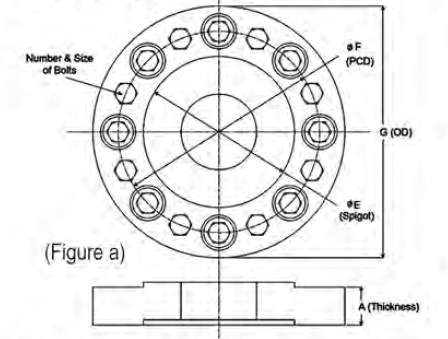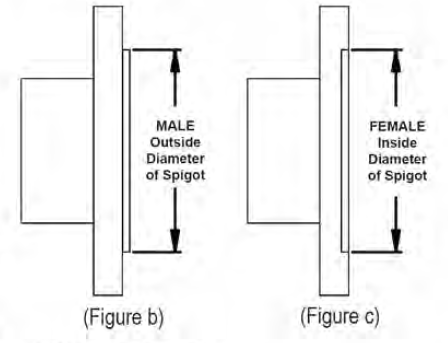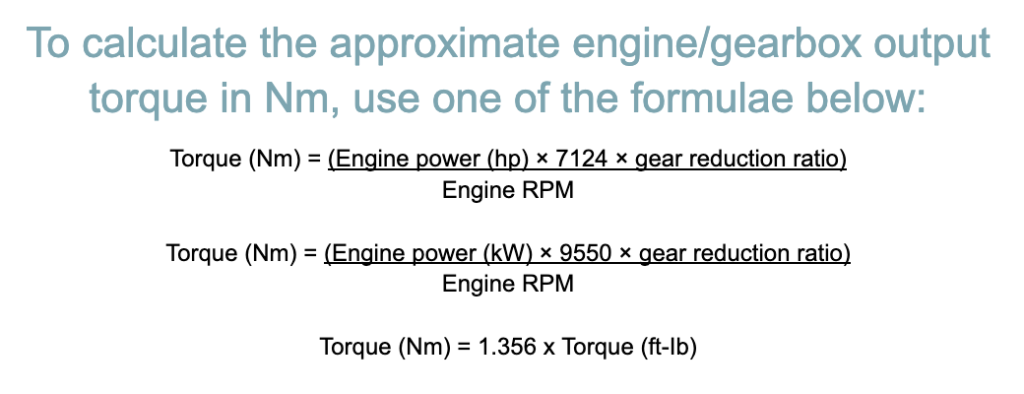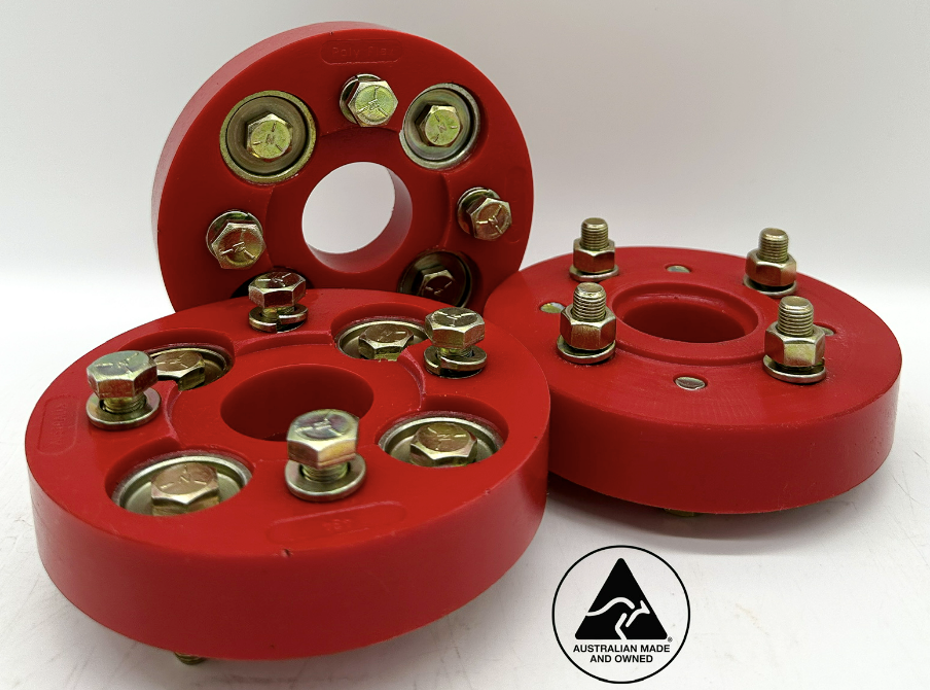All Poly Flex polyurethane elastomer plates are designed, manufactured, and tested in-house. Established in 1981, Poly Flex has many years of experience and hands-on control at all stages. Poly Flex is proud of all its achievements and has successfully distributed products worldwide. Using only the highest quality engineering heat-cured polymer alloys, Poly Flex’s range of polyurethane elastomer plates is long-lasting and resistant to oil, fuel, and most other chemicals. The extensive range of polyurethane elastomer plates has a plethora of benefits, including but not limited to:
- Providing a damper between the gearbox and propeller shaft to isolate vibration from the engine and gearbox.
- Dampens the noise and vibration from the propeller shaft.
- Reduces the shock of forward and reverse gear changes.
- Works in conjunction with the engine mounts by providing the softest element in the shaft assembly to improve performance.
- Acts when overloaded (by running aground or knotting a rope around the shaft) by shearing at a designed point to protect the engine, gearbox, and vessel.
The Poly Flex polyurethane elastomer plate range is moulded from engineering heat-cured polymer alloys of the highest standards, and all metal components are plated in SA5 cobalt zinc, increasing the metal life that normal zinc plating would give by 600%. All or polyurethane elastomer plates are machined on purpose-built flange jigs and have a maximum runout of 0.002” or 0.05mm. Spigots are machined to a tolerance within +/- 0.002” or +/- 0.05mm. To ensure maximum strength, durability, and performance of a Poly Flex polyurethane elastomer plate, an installation guideline is included when sold.
To purchase one of Poly Flex’s polyurethane elastomer plates, you will need to know the measurements of your current gearbox and propeller shaft flanges. A vernier calliper is the best tool to use to measure the following:
- PCD (F) Known As Pitch Circle Diameter:
- When looking at the gearbox flange, you will find a hole pattern where one hole is aligned with another hole directly opposite it. To find the PCD measure the outside edge of the hole to the inside edge of the hole directly opposite, as shown in figure a. It is good practice to measure more than one hole and take the average.
- Number And Size Of Bolts (B):
- The number of bolts is determined by the number of holes in the gearbox flange. Our polyurethane elastomer plates range from a 3-bolt pattern up to a 12-bolt pattern. To determine the size of the bolts, simply measure the inside diameter of the holes in the gearbox flange.
- Spigot (E) Male Or Female:
- To determine whether the spigot is male or female, check which way it is facing on the gearbox flange. If it is protruding, it is male, and if it is recessed, it is female. If male, measure the outside diameter of the spigot on the gearbox flange using a vernier calliper (figure b). If female, measure the inside diameter of the spigot on the gearbox flange using a vernier calliper (figure c).


- Torque Calculation:
- For our polyurethane elastomer couplings to work correctly, they must be strong enough to handle and control the torque rating specified for the installation. In other words, it must be able to carry the torque rating loads output by the engine/gearbox during normal operation but at the same time be able to shear at a designed point to protect both the engine and gearbox. Poly Flex recommends that you use these formulas to calculate the rating of the installation.

For more information regarding Poly Flex polyurethane elastomer plates, please click here. To find out how Poly Flex can solve your vibration issues, contact us today!



